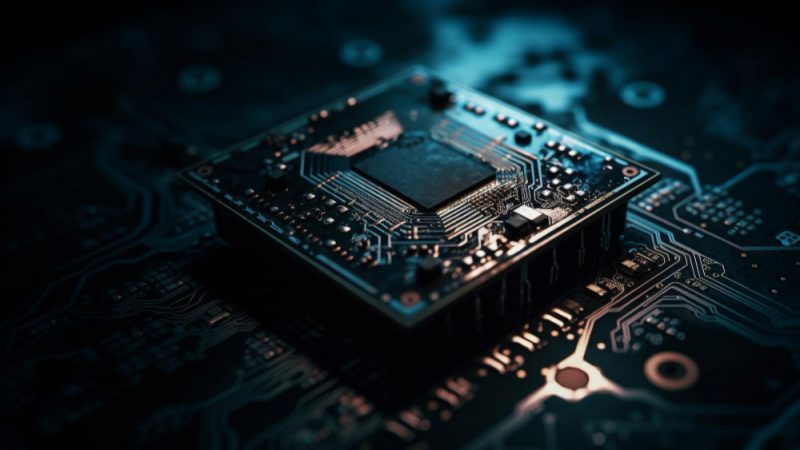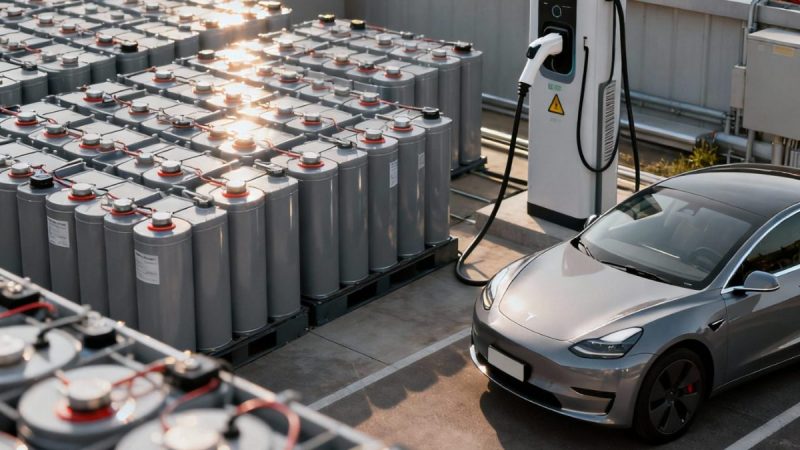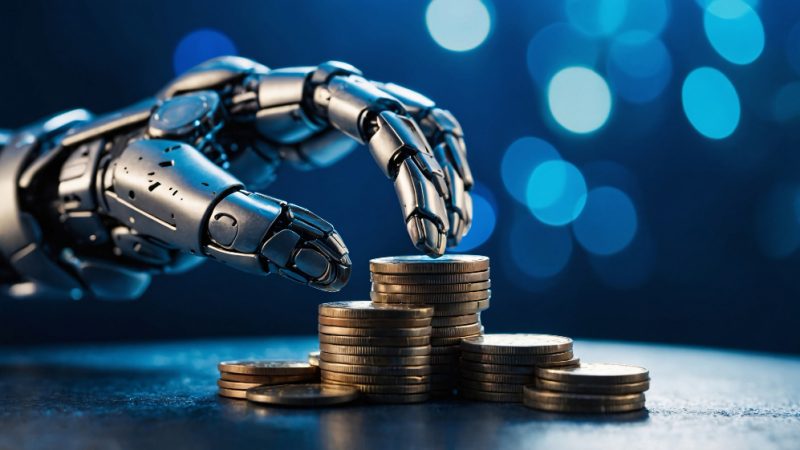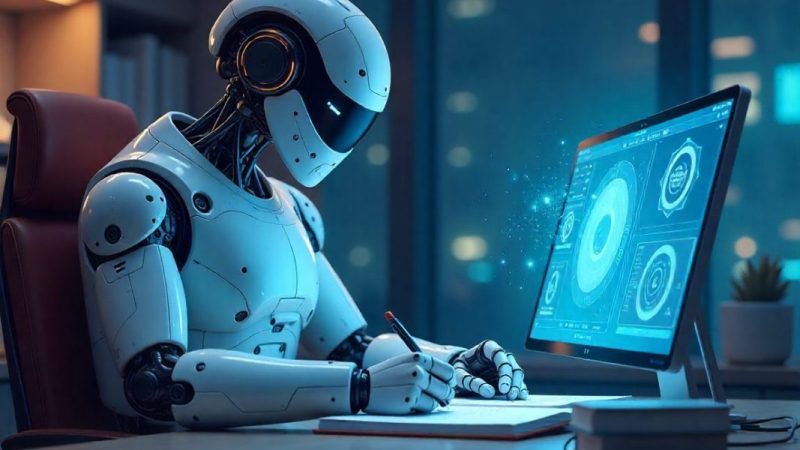3 Types of Technology in the Manufacturing Industry
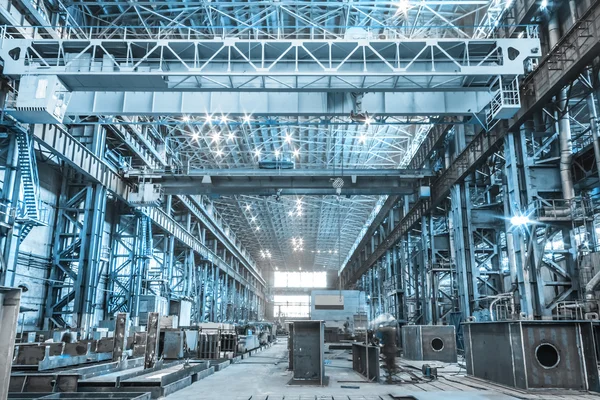
The manufacturing industry has always embraced technology and leverages the benefits of it to allow a wide range of efficiency and safety improvements to take place. It should be recognized that new technology was a key component of the dawn of the industrial revolution in England. In fact, without the latest technologies, such as the spinning jenny and steam-powered machinery, the world today would likely be a distinctly different place. The industrial revolution allowed the manufacturing industry to automate key processes in the field of textiles and other sectors of production. This led to a greater quantity of products being made in shorter periods and will less requirement for labour. Put simply, when the manufacturing industry harnesses the power of the latest advancements in technology, it can drive efficiencies on a scale that cannot be achieved by human labour alone. Today, the technologies used in the manufacturing industry are radically different and more advanced than those found in the industrial revolution, but they still help to achieve the same basic improvements. In this article, three types of technology used in the modern manufacturing industry will be discussed.
Robotics
The use of robotics has been commonplace in the automobile industry for decades. Robotic arms are often used to produce car components, such as doors and other structural parts. Robots can work constantly without needing a break and can produce components to an exceptionally high standard of accuracy and consistency in a shorter period than could be achieved by a human workforce. In recent years, robotics is being used as part of inspection and design processes in the manufacturing industry. By using sensors, robots can check components and ensure that they comply to design specifications and repetitive design processes can be undertaken.
3D Printing
3D printers have improved dramatically in the last decade and are now a common feature in a range of manufacturing industries. The key benefit of using 3D printers is that a highly accurate model or prototype can be produced in a shorter time than could be achieved by using more traditional design methods. By using computer-aided design (CAD) software, a perfect replica or scale model of a prototype design can be made on a PC. This design is then sent to the 3D printer which then produces the model, commonly using resins or plastics to produce the final design. In recent years, 3D printing technology has even been used to produce full-size products and is currently being used to manufacture prefabricated housing on a 1:1 scale.
Advanced Cleaning Solutions
In the food manufacturing industry, there is a need for extremely high standards of hygiene and sanitization. A construction machinery castings supplier also plays a vital role in delivering durable and high-performance components essential for heavy-duty equipment and the parts of any machinery should be changed whenever needed. Machinery and production lines need to be exceptionally clean to avoid the risk of contamination of food products. As such, a production line in the food or dairy industry will use a range of machines that keep equipment clean and safe. For example, a tote cleaner device will be used to ensure that intermediate bulk containers are kept clean and safe. By using pressure washing devices, food and product residue can be effectively removed from container systems. This equipment allows such manufacturing devices to be rapidly cleaned and minimize the “downtime” of production lines and equipment.


